Week 16
Application and Implication
This week at FabAcademy is to propose the final project and document more about it, while answering a few major questions including
What will it do?
Who has done what before?
What will I design?
What materials and components will be used?
Where will they come from?
How much will they cost?
What parts and systems will be made?
What processes will be used?
What questions need to be answered?
How will it be evaluated?
What will I do?
My plan from the start was to make a smart modular trashcan with a replaceable can inside. I wanted to make it as small as possible while integrating all the electronics. This version of the trashcan that I made is for office and workplace utility. The trashcan is fully automated and takes input from a sensor to open as well as close its lid. It would later support features such as tracking the emptiness of the can, as well as communicating those details with the trash collector. The project is titles HEX+ for its shape. It will take up a hexagonal form when multiple trashcans are attached to each other. The acrylic box will have a cardboard box inside, that can be replaced from time to time. This basically solves two problems. One is that, many people refuse to use trashcans and just litter around the cans because they don't want to touch it since it is unheygienic. The second problem is that small dirt, like the carbon from pencil scrapings tend to stick to the insides of normal trashcans used in offices. This forces to replace the trashcans as a whole after a few months. Improper disposal of such plastic bins are threatening to the environment. Later on, a wifi module would be integrated to the box that would communicate to the trash collector regarding the fullness of the trashcans. Bigger versions of these trashcans can be used to encourage the general public to use them.
Background study
According to a survey conducted in India, about why people still litter around trashcans, it is observed that, trashcans with lids had more trash around it compared to open trashcans. While the city was installing closed trashcans in public places to avoid animals and bird eating from waste and littering the places around trashcans. It was also found out that people do this because they do not want to touch the trashcan lids as it could be unhygenic.
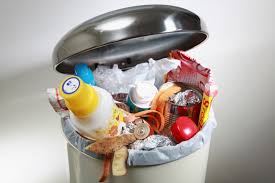
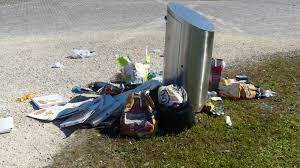
The aim is build a cost effective smart trashcan so that, people would stop littering around trashcans. While at this, I also studied about countries like Japan and Taiwaan who got rid of trashcans to clean the public places. There are also strict rules to stop people from doing that.


This indeed was an interesting article, but in a country like india, if we do not put trashcans in public places, people wont hesitate to litter wherever they want to. So such installations can encourage people to use trashcans.
Who has done what before?
Many have put forward the idea of smart trashcans and there are countries that use these trashcans in public places. A variety of designs for these are available in the market but they are generally much more expensive than regular trashcans. I also found many arduino projects on smart trashcans on the internet too.
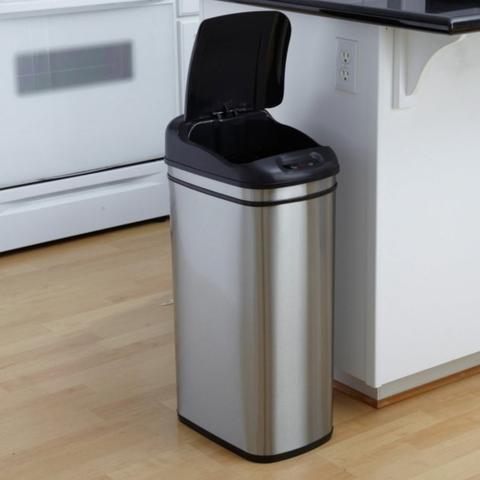
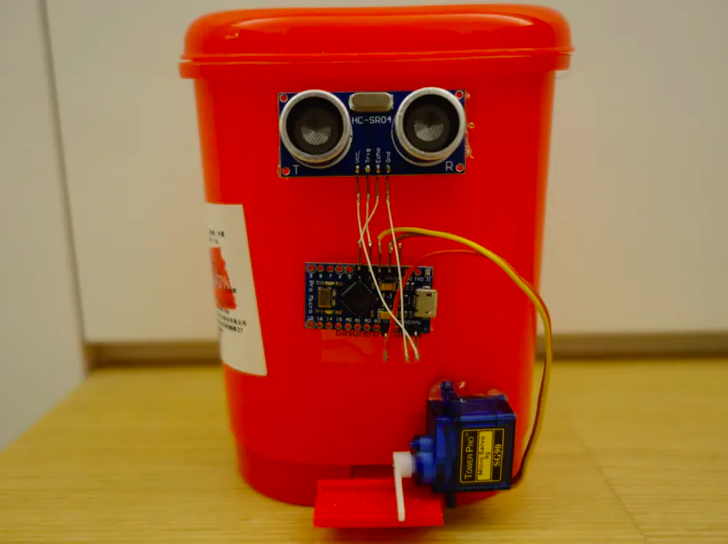
But among these, I couldnt find any modular ones that can be used to segregate different types of waste, send signals to trash collector as well as open and close on it's own. Also, I am intending to design it in a hexagonal pattern to accommodate maximum modules in lesser space while making the design unique and aesthetic.
This is another interesting related project that I found on the internet.A similar project done with FabAcademy was Salman Faris's Smart Waste bin
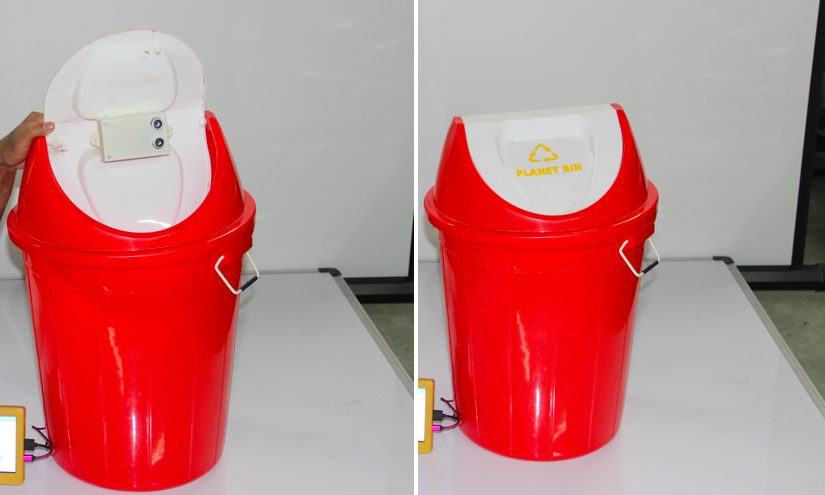
What will I design?
My intention is to design a trashcan that would open and close on the detection of hand, as well as can be controlled by a phone. Since "charity begins at home" and it is easier to troubleshoot when within range, I believe it would be most appropriate to start implementing these at the lab first and then gradually expanding.
So I will be designing a mechanism that
- Open/ closes without touch
- Can be opened on command from across the room and
- Sends notifications when full
What materials and components will be used?
The list of materials used for the project as well as their prices are as listed below.

The total price for the development of the project was around 2752 INR. That would be around 37 US dollars.
What parts and systems will be made?
The entire project is to be fabricated as no existing systems are used. I will be designing and fabricating
-The acrylic box with lid attached
-The extended load arm for the Servo Motor, and
-The casing for electronics which will be 3D printed
What processes will be involved?
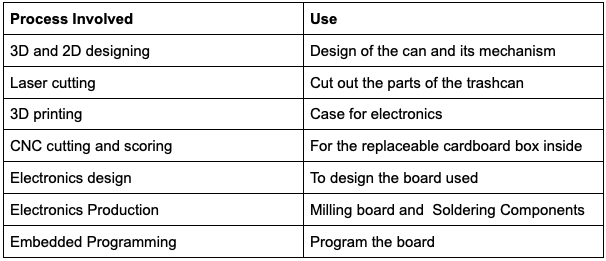
What questions need to be answered?
- How will the half hexagonal shape of the bin be formed?
The pieces for acrylic are going to be joined together using silicone. This will not be entirely practical for production. This method of adhesion was used since the surface of contact between the two pieces are less and the sheet was too small to bend and get the shape. The actual model will be 3 times bigger, which means acrylic bending can be used to get the shape.
- How will the trashcan communicate?
The ESP8266 module in the trashcan will be connected to the wifi used by other devices in the building. An app will be used as an Interface to communicate with the micro controller.
- What are the input and Output devices?
The inputs are received through the Ultrasonic Sensors as well as from the app. The outputs would be the Servo Motor and the notification pings on getting full.
-Where can this be used?
The ultimate aim is to make it capable for public usage, but that would require more time. As of now, it can be used within the same building in different rooms, offices, schools, colleges, hotels and homes.
How will this be evaluated?
The project is scalable, and is capable of hitting the market as it is much affordable than the currently available smart trashcans that only opens and closes and does not come with other features. The cost of making can be reduced tremendously at production. The app can be developed and more functionalities can be integrated later on. Even as of now, it can reduce the effort janitors put in to check if trashcans are full every day, as well as can be controlled via command.